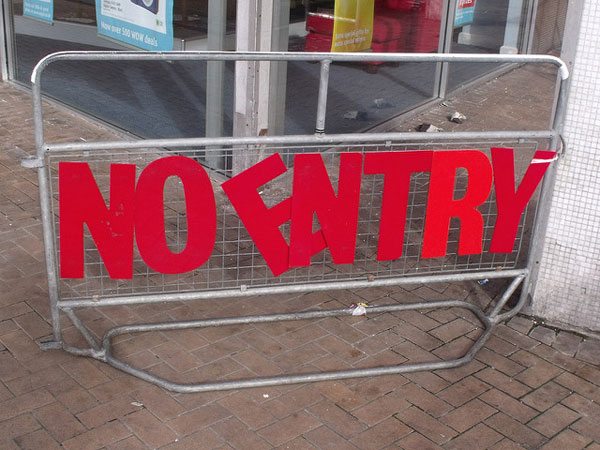
April 23, 2018; Crain’s New York
On West 57th Street in New York, there is a tall, black glass building. Only the first floor’s wall is clear glass, behind which can be seen a few priceless treasures of the art world: works by Picasso, Joan Miró, Henri Matisse, and others. The space extends back into the building, doubtless containing other similar treasures…but the public will never know, since they’re not allowed in to see.
The art belongs to a museum run by the Solow Art and Architecture Foundation, a private operating foundation created and run by 89-year-old real estate magnate Sheldon Solow. The foundation is a registered charitable organization, and its Form 990 states that the mission is to “maintain and display artwork for exhibition to the public at the 9 West 57th Street, New York building,” but the public is not, nor have they ever been allowed into the museum. Moreover, it seems that despite claiming charitable status, the organization’s operations are almost entirely consolidated under its founder and sole board member, Sheldon Solow. Are we looking at a charitable operation or a vanity purchase with a built-in tax break?
The 2016 form 990 lists over $6 million in contributions, all by Solow, who is described as a “legend for his patience and litigiousness.” There are no staff listed, and extremely minimal expenses. Though New York charities are supposed to have three board members, the only ones listed are Solow, the president, and his son Stefan Soloviev, the vice president, neither drawing a salary. Solow also controls the books. The foundation claims nearly $1.5 million in cash assets in addition to art valued at well over $200 million, but gave out just over $10,000 in grants to the Metropolitan and Whitney art museums; the organization doesn’t seem to have a formal grant program.
Sign up for our free newsletters
Subscribe to NPQ's newsletters to have our top stories delivered directly to your inbox.
By signing up, you agree to our privacy policy and terms of use, and to receive messages from NPQ and our partners.
In fact, they don’t even have a website. (Why would they? They have no grant program, they don’t solicit donations, and they don’t want people in their museum; there’s no information to convey to the public.) In 2017, Ethan Arnheim, an international development adviser based in Washington, D.C., acquired the domain solowfoundation.org and created a delightful parody website after his failed attempts to win entry to the collection. Arnheim lists a curator, Moira Evans, who does not appear on the Forms 990, saying, “It’s unclear what Moira does as she won’t return phone calls or emails and there is no information publicly available about her. But she is the curator of an amazing permanent collection of art and possibly some temporary exhibitions too, none of which are open to the public.”
The Solow Foundation is not the first private foundation to limit access to their art despite receiving charitable tax breaks, but by all reports they are the most egregious offenders. In 2015, the US Senate Finance committee, chaired by Senator Orrin Hatch, launched an investigation into 11 private foundations “to assess whether the public interest was being met and whether operations of the foundations merited the substantial tax benefits afforded to their collector-founders through the tax code.” Hatch expressed concern that some foundations’ limited access “raise[d] questions” about the organizations’ charitable natures, but all of the organizations he investigated provided more access than Solow.
NPQ noted in 2015 that “the IRS rules are unclear on what qualifies a private museum for a federal tax break, although most experts would agree that public access is an important consideration.” Ruth McCambridge argued that “the question must be seen in the context of a larger set of concerns about the wealth gap,” an excellent point for a situation in which the question of “access” is quite literal and considerable public dollars are at stake. Robert Storr, dean of the Yale School of Art, told the New York Times, “If there’s to be a public forgiveness for taxes there should be a clear public benefit, and it should not be entirely at the discretion of the person running the museum or foundation,” as it seems to be with Solow.
It seems that Solow is preparing to pass ownership of his real estate empire to his son, so questions have arisen around the fate of the art. Crain’s New York argued that if the collection were privately owned, current estate tax laws “would mean Solow might need to pay about $80 million to bequeath the works to an heir. But if ownership were by the nonprofit, Soloviev could simply assume leadership of the organization without losing a dime of his inheritance.” That part is tricky; technically, the art still does not belong to Soloviev, but to the foundation he would run, which is supposed to be controlled by a board. But if Solow got a tax break for donating the art and Soloviev gets absolute control over it the way Solow seems to have, then there are important questions to be asked about where $80 million of public benefit factors in.—Erin Rubin













